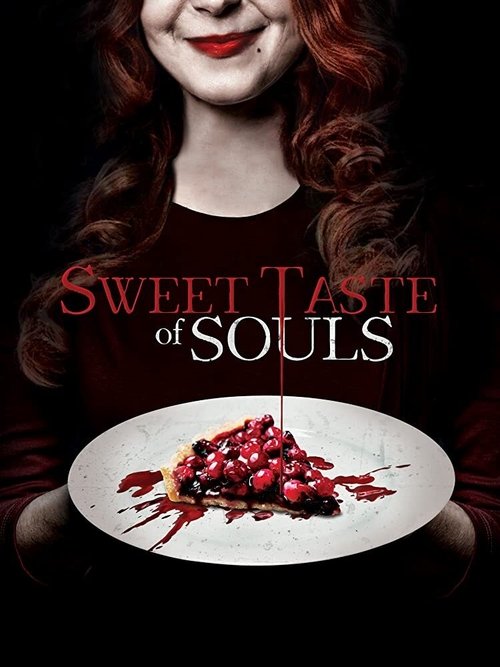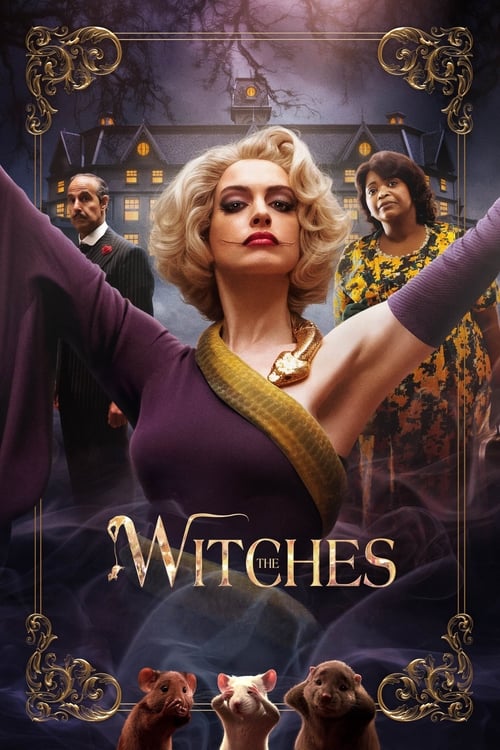
Ask Your Own Question
What is the plot?
What is the ending?
In the ending of "Sweet Taste of Souls," the main characters face the consequences of their actions as the supernatural elements of the story come to a head. The protagonist, a woman named Lila, confronts the dark forces that have been manipulating her and her loved ones. The film concludes with a climactic showdown, leading to a resolution that leaves Lila changed and the fate of the other characters sealed.
As the final act unfolds, the tension escalates. Lila, having discovered the truth about the malevolent spirit that has been haunting her family, prepares for a confrontation. She gathers her courage, fueled by a mix of fear and determination, knowing that the spirit has been feeding off the souls of those around her. The atmosphere is thick with dread as she steps into the dimly lit room where the spirit manifests, a swirling mass of shadows and whispers.
In this pivotal scene, Lila's internal struggle is palpable. She recalls the pain and loss that the spirit has caused, particularly the suffering of her loved ones. The room is filled with an eerie silence, broken only by the sound of her heartbeat echoing in her ears. As she faces the spirit, she feels a surge of anger and sorrow, realizing that she must confront her own fears to save herself and those she loves.
The spirit, a manifestation of her family's dark past, taunts her with visions of her loved ones in pain. Lila's resolve strengthens as she recalls the moments of joy and love that have defined her life. In a moment of clarity, she understands that she must not only fight for her own soul but also for the souls that have been lost to the spirit's hunger.
The climax reaches its peak as Lila engages in a battle of wills with the spirit. The room becomes a chaotic whirlwind of light and shadow, representing the struggle between good and evil. Lila's emotions are raw; she feels the weight of her family's history pressing down on her, but she also feels the love and support of those who have stood by her side. With a final surge of strength, she confronts the spirit, declaring that it has no power over her or her family anymore.
As the confrontation reaches its resolution, the spirit begins to dissipate, its hold on Lila and her loved ones weakening. In a final act of defiance, Lila embraces the memories of her family, allowing their love to wash over her like a protective shield. The spirit screams in rage as it is banished, leaving behind a sense of peace in the room.
In the aftermath, Lila stands alone, breathing heavily as the weight of the experience settles upon her. She looks around the now-empty room, feeling a mix of relief and sorrow. The camera lingers on her face, capturing the transformation she has undergone. She is no longer the woman haunted by fear; she has emerged stronger, having faced the darkness head-on.
The fate of the other characters is revealed in the closing moments. Lila's loved ones, who had been affected by the spirit's influence, begin to awaken from their tormented states. They are confused but ultimately free from the spirit's grasp. Lila embraces them, tears of joy streaming down her face as they reunite, the bonds of family stronger than ever.
The film concludes with a sense of hope and renewal. Lila, now a guardian of her family's legacy, understands the importance of confronting the past to protect the future. The final shot captures her standing in the doorway of her home, looking out into the world with a newfound sense of purpose, ready to face whatever comes next.
Is there a post-credit scene?
In "Sweet Taste of Souls," there is indeed a post-credit scene that adds an intriguing layer to the film's narrative. After the credits roll, the screen fades back in to reveal a dimly lit room filled with shadows. A figure is seen sitting at a table, their face obscured. The atmosphere is thick with tension, and the sound of a clock ticking echoes in the background, heightening the sense of anticipation.
As the camera slowly zooms in, the figure leans forward, revealing a sinister smile. It becomes clear that this character is connected to the events of the film, hinting at a deeper, more malevolent force at play. They begin to speak in a low, conspiratorial tone, discussing the consequences of the main characters' actions and the lingering effects of their choices. The dialogue is cryptic, suggesting that the story is far from over and that new challenges await.
The scene ends with the figure raising a glass, toasting to the chaos that has unfolded, leaving the audience with a chilling sense of foreboding and the implication that the cycle of conflict and desire may continue. This post-credit moment serves to deepen the film's themes of temptation and the repercussions of one's soul, inviting viewers to ponder the implications long after the credits have finished.
What motivates the main character, the witch, in her quest for revenge?
The witch, driven by a deep sense of betrayal and loss, seeks revenge against those who wronged her. Her emotional turmoil is palpable as she grapples with her past, haunted by memories of love and betrayal, which fuels her desire to reclaim her power and exact vengeance.
How does the relationship between the witch and her victims evolve throughout the film?
Initially, the witch's relationship with her victims is one of predator and prey, marked by fear and manipulation. However, as the story unfolds, layers of complexity emerge, revealing moments of vulnerability and desperation from both sides, leading to a tense dynamic filled with emotional stakes.
What role does the setting play in the witch's rituals and interactions with her victims?
The setting, a dark and eerie landscape filled with twisted trees and fog, enhances the witch's rituals, creating an atmosphere of dread and mystique. The physical environment reflects her internal chaos and amplifies the tension during her interactions with victims, making each encounter feel charged with danger.
What specific powers does the witch possess, and how do they affect her interactions with others?
The witch possesses the ability to manipulate the elements and cast powerful spells, which she uses to instill fear and control over her victims. Her powers create a sense of awe and terror, affecting how others perceive her and influencing their decisions, often leading them to make desperate choices.
How does the witch's backstory influence her actions throughout the film?
The witch's backstory, filled with trauma and loss, profoundly influences her actions. Her past experiences shape her worldview, leading her to distrust others and seek retribution. This emotional baggage drives her to commit increasingly dark acts, as she struggles with her identity and the consequences of her choices.
Is this family friendly?
"Sweet Taste of Souls" is not considered family-friendly due to its mature themes and content. The film contains several potentially objectionable or upsetting elements, including:
- Violence: There are scenes depicting physical confrontations and bloodshed that may be disturbing to younger viewers.
- Supernatural Elements: The film involves themes of witchcraft and the supernatural, which may be unsettling for sensitive audiences.
- Dark Themes: The narrative explores themes of revenge, betrayal, and moral ambiguity, which could be heavy for children.
- Emotional Distress: Characters experience significant emotional turmoil, including grief and despair, which may be upsetting for some viewers.
- Adult Language: The dialogue includes strong language that may not be suitable for younger audiences.
These aspects contribute to a tone that is more appropriate for mature viewers rather than children.
























